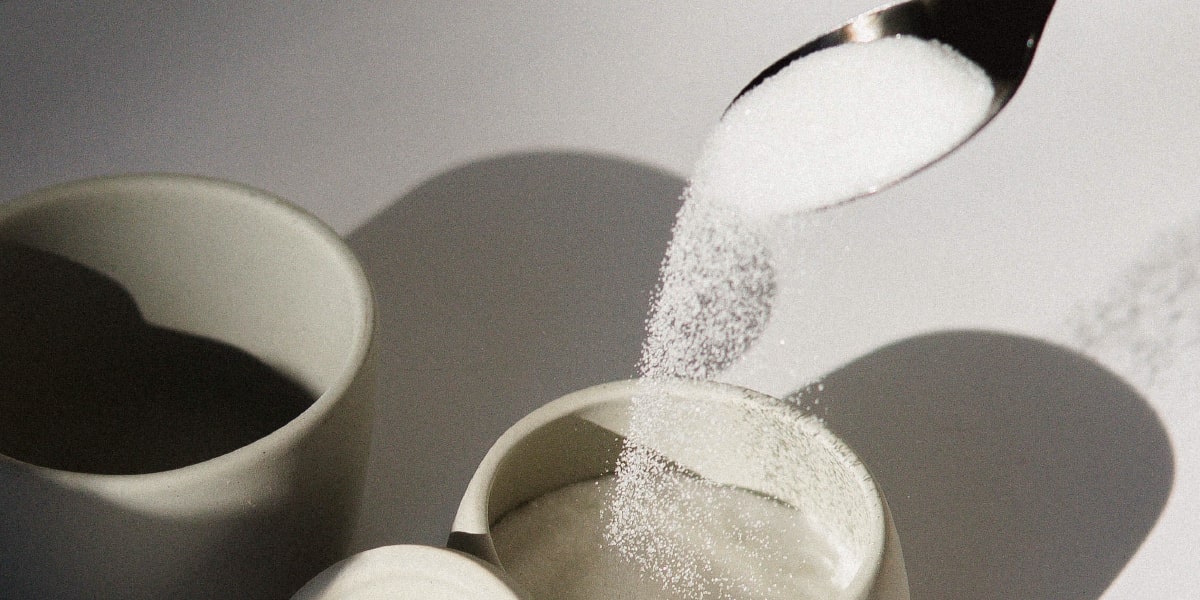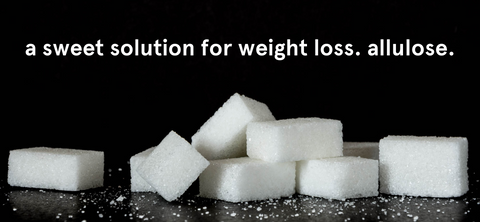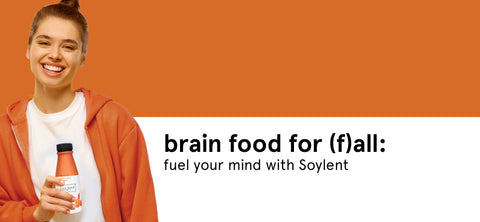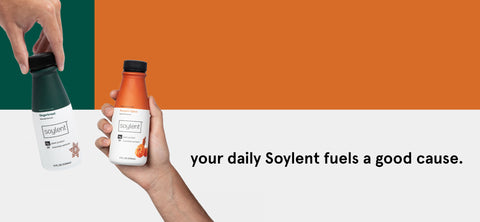
We all crave a little somethin’ sweet from time to time, right? Or, maybe all the time? Is that just us?
Years ago, it became clear that sugar was a colossal health risk to the average person’s diet, which spurred the takeoff of the natural sweetener market.
Today, there are several sugar alternatives that have floated to the top of the stack. Some taste eh, not too shabby. Others taste like chemical baths for your tongue.
There’s a sugar alternative that’s making headlines and making its way into dozens of products: allulose. Spoiler alert, allulose has a lot going for it and tastes much more like regular sugar than a chemical tongue bath.
We compared allulose directly to stevia, a beloved and widely implemented natural sweetener, to assess the benefits and drawbacks of each.
Let’s see how you can get smart about sweetness while putting both your health and your taste buds first.
What is Allulose?

Allulose has very few downsides. It’s 70-80% as sweet as sugar, has a synergistic impact on the glycemic index of foods it is consumed with, which means it won’t raise your blood sugar levels, but it also lowers the glycemic index of other carbs it is consumed with. It has zero net carbs, no chemical aftertaste, and won’t upset your stomach the way sugar alcohols like xylitol or erythritol might.
Allulose is absorbed by the body but not metabolized by it, making it virtually calorie-free. In fact, allulose has about 10% as many calories as regular sugar. On top of all this, allulose behaves just like regular sugar when added to baked goods and other recipes.
Yet, despite doing a terrific job of posing as sugar’s twin, allulose isn’t categorized as a sugar by the Food and Drug Administration (FDA). Therefore, allulose doesn’t need to be listed under total or added sugars, but is listed as a carbohydrate instead.
What is Allulose Made From?

How does allulose possess this dreamy mix of characteristics? Let’s look at where it comes from and what it’s made of.
Unlike most other sweeteners and sugar alternatives, allulose is itself a real sugar. Allulose is a monosaccharide, or simple sugar, that is found naturally in very small quantities in foods like figs, raisins, and maple syrup. Because it’s found in trace amounts in nature, it’s also part of an elusive group of sugars called “rare sugars”.
Allulose is more recently stirring up buzz among consumers, but nutritionists and scientists have known about it for a long time. What has changed in the past few years is our ability to manufacture allulose more efficiently and generate enough to be consistently added to consumer goods.

Back in 2012, allulose was added to the FDA’s (generally recognized as safe) GRAS list of foods, which is a nifty start for any food barging its way into mainstream use and recognition. But it wasn’t until 2019 that the FDA announced that allulose did not need to be listed in the total or added sugar content of products.
When you consider that the world is shifting away from regular sugar and all its harmful effects, this is a huge win for product manufacturers looking to infuse the delightful sensation of sweetness into products without losing the increasing number of buyers who scan nutrition labels.
Our team took notice of this shift and elected to use allulose in Soylent products. In Soylent drinks, allulose serves up a subtle sweetness that heightens other yummy flavors without raising your blood sugar levels or presenting any downsides.
What Is Stevia Sweetener?
You might have heard of stevia before and if you’ve been trying out new healthy snacks and beverages over the years, then you’ve probably consumed products made with stevia too.
What’s the backstory on stevia? How did it become such a titan of natural sweeteners?
Stevia is a lot older than allulose—we’re talking centuries older. Stevia is an intensely sweet plant that has been added to tea and other drinks since the 16th century. Native to Brazil and Paraguay, the stevia plant is now grown in other parts of the world such as Asia.
On the sweetness scale, stevia packs a punch like no other, coming in at 200-300x sweeter than table sugar. This makes stevia appealing from a production standpoint, as it’s more potent and requires less land, water, and farming than other sweeteners.
There are 150 total species of stevia and while highly purified forms of stevia extract are considered safe to consume in moderation without any side effects, certain stevia products may also contain sugar alcohols which might cause bloating or stomach discomfort in some people.
Allulose vs Stevia

It’s a heavyweight bout for the ages, Allulose versus stevia! So far, we’ve learned that they both offer powerful sweetening effects without much downside.
Stevia is far sweeter than allulose being 200-300x as sweet as table sugar, compared to allulose which is about three quarters as sweet as table sugar.
The irrefutable difference is in the flavor. People have been quick to point fingers at stevia’s fiercely bitter aftertaste. As it turns out, our tongues are programmed with only one receptor that picks up on sweetness, but over 20 receptors that signal bitterness. What a sham, right?

After scientists tested nine different types of Steviol glycosides, the component in stevia that provides its sweetness, it was found that they triggered two different bitterness receptors on the human tongue.
Because stevia tastes extremely bitter to some people, stevia is often combined with other sweeteners in products.
Allulose, more similarly mimicking regular old table sugar, hasn’t been associated with bitterness or any of the deal-breaking chemical flavors that keep other natural sweeteners from gaining prominence in the sweetener market.
Short and sweet
Did you enjoy this thorough comparison of allulose and stevia? While allulose is a real sugar and stevia is a sugar alternative, both offer mighty sweetening characteristics that bring joy to our tongues without needing to lean on harmful table sugar.
Curious as to what allulose tastes like? Pick up a bottle of our Soylent Drink Original for a subtle, sweet, creamy beverage fully equipped with healthy macronutrients and other additions.







